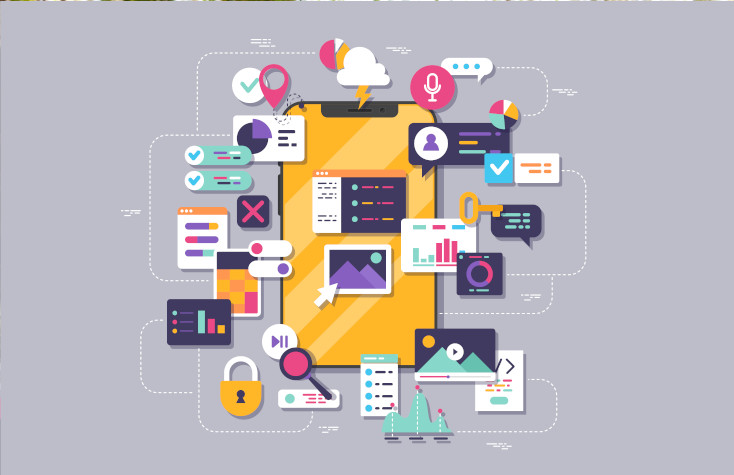SaaS UX Design: Best Practices for Impactful ROI
Effective Software as a Service (SaaS) User Experience (UX) Design is crucial for ensuring customer satisfaction, retention, and ultimately, a positive ROI. This involves creating intuitive, user-friendly interfaces that enhance user productivity and engagement. The importance of SaaS UX design lies in its direct correlation with user adoption and, consequently, the financial success of the product.

Why is UX Important for SaaS?
UX plays a crucial role in SaaS design due to the complexity of these products and the fast-paced nature of the industry. Adapting swiftly to evolving user needs and market dynamics is vital for staying competitive.
The benefits of prioritizing SaaS UX are clear. It attracts and retains customers, fuels growth, and prevents churn. Moreover, a well-crafted UX contributes to overall cost savings, making it a key factor for success in the dynamic SaaS landscape.
Key Benefits of Effective SaaS UX
First Impression Matters:
Simplify the onboarding process with clear calls to action, exemplified by FreshBooks.
Reduce Churn Rates:
Engaging UX keeps users on board, as seen with Canva's empowering design.
Retention and Customer Loyalty:
Trust-building UX enhances customer retention and loyalty.
Simplified User Journey:
Adaptability is key, and mapping user paths through design rules ensures ease of use.
Better ROI:
A well-designed SaaS UX leads to increased user satisfaction, engagement, and overall product success.
Competitive Advantage:
Beyond meeting needs, a superior UX positions your software as an industry leader.
SaaS UX Design Best Practices
User-Centered Design:
Embrace user-centered design for a seamless onboarding journey, prioritizing user needs through research and continuous feedback loops.
Easy Registration:
Streamlined registration is the gateway to seamless user onboarding on SaaS platforms. Simplify the process, cut unnecessary steps, and enhance the user experience for swift and effortless entry.
Smooth Onboarding:
Simplify SaaS onboarding for quick user engagement, emphasizing concise education about your company for seamless software interaction.
Intuitive Navigation:
Effortlessly navigate users with clear guidance and relevant links, saving users time and enhancing overall experience.
Seamless Information Architecture:
Empower users with seamless navigation, clear guidance, and visual cues for a functional and enjoyable interface, minimizing the learning curve and maximizing satisfaction.
Efficient Search Option:
Revolutionize data access with a powerful search tool and filters, enhancing productivity and fostering a positive user experience.
Responsive Design:
Responsive design ensures a seamless user experience on diverse devices, expanding accessibility and reach.
Effective CTAs:
Optimize placement and design for seamless integration, guiding users with precision for enhanced engagement and conversion.
AI Chatbots:
AI chatbots revolutionize user interactions, offering personalized experiences, real-time assistance, and adaptive engagement for heightened satisfaction.
Data Security:
Crucial in the data age, prioritizing security is key. Robust measures not only protect user data but also fortify trust, ensuring a secure SaaS experience.
Conclusion
In the competitive landscape of SaaS, a superior user experience can be a key differentiator.
By implementing these best practices in SaaS UX design, you can create an application that not only meets functional requirements but also delights users with a seamless, intuitive, and enjoyable experience.
Keep user satisfaction at the forefront of your design strategy, and your SaaS application will be well-positioned for success in the market.